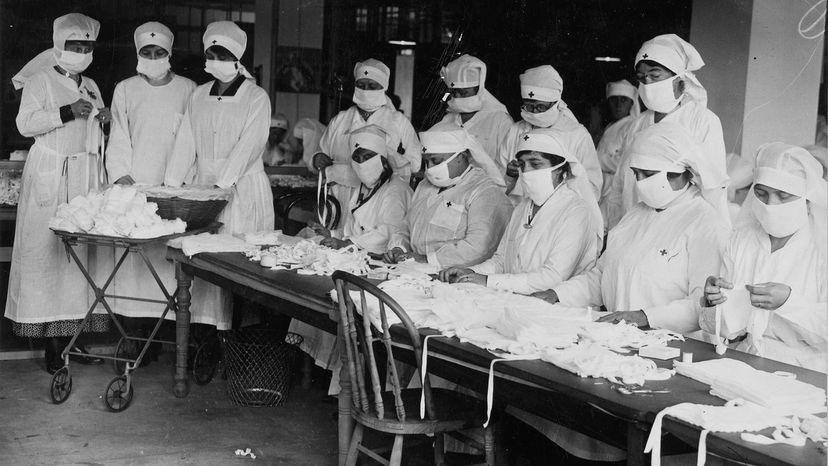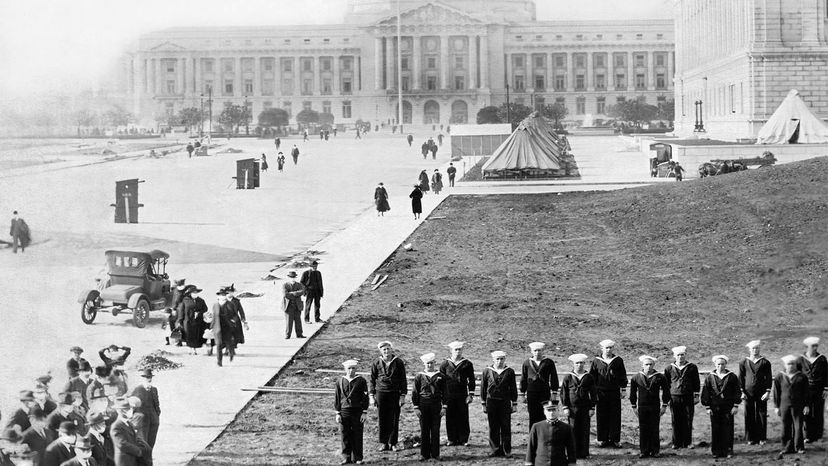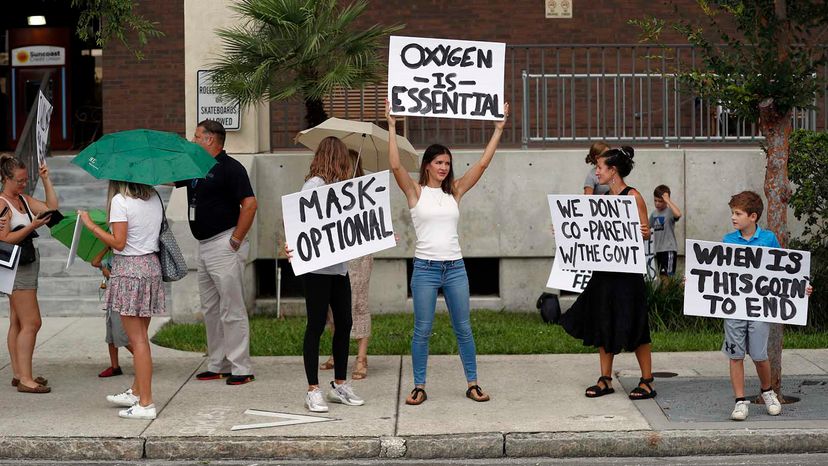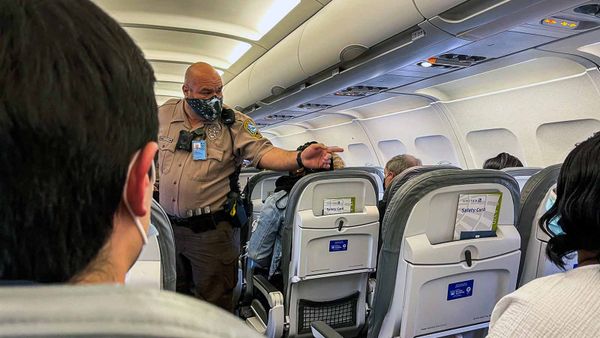
Back in April 2020, after several weeks of mostly sheltering in place, some people across the United States were starting to tire of what they saw as this unBrave New World of ours. Protests across America were calling for an end to some coronavirus-breaking measures — the closing of businesses and the enforced isolation, mainly — that health officials insisted were keeping us safe.
But eight months later on Dec. 11, 2020, the Federal Drug Administration approved the first coronavirus vaccine for emergency use for those 16 and older. A week later, the FDA approved a second vaccine for emergency use.
Advertisement
Today in the United States, everyone 12 and older has access to at least one mRNA vaccine at no charge. The vaccines have shown remarkable efficacy against coronavirus. The vaccines have been so successful at lowering rates of disease in the U.S. that the Centers for Disease Control (CDC) and Prevention announced in May 2021 that vaccinated individuals no longer had to wear masks in public or indoors. It looked like the U.S. was on its way to beating coronavirus.
Fast forward to July 27, 2021, and things have changed, partly because the highly contagious delta variant strain of coronavirus is surging. But also because as of July 28, 2021, less than half of all Americans (48.8 percent) are fully vaccinated against coronavirus. These two things combined led the CDC to reverse its mask guidelines from May, suggesting now even the fully vaccinated need to mask up again — and not surprisingly, a lot of Americans are very unhappy, some even resorting to burning masks in protest.
A little civil unrest in a period of unrest for all of civilization? A loud plea for a return to normalcy during these abnormal times? Haven't we been here before?
"I don't think it's uncommon, by any means. It usually comes in that second round [of a flu epidemic], when people say, 'Well, if it comes back, then what was the point of all those measures you had before?', or 'We've had enough of this, we can't stand it any longer,'" says Nancy K. Bristow, author of "American Pandemic: The Lost Worlds Of The 1918 Influenza Epidemic," and the chair of the history department at the University of Puget Sound in Tacoma, Washington.
Advertisement



